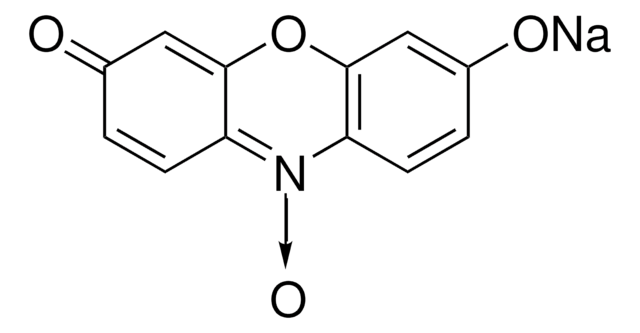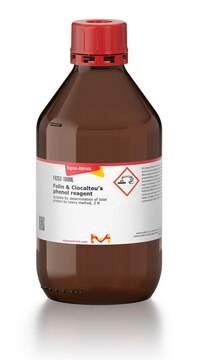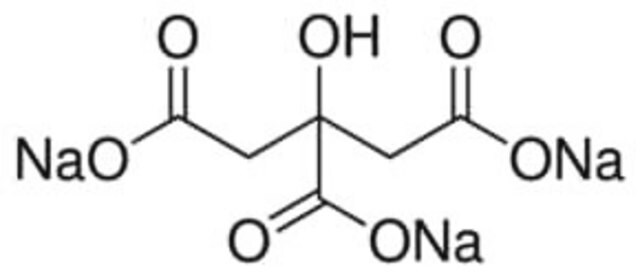S7899
Sodium acetate buffer solution
pH 5.2±0.1 (25 °C), for molecular biology, 3 M, 0.2 μm filtered
Synonym(s):
Sodium acetate buffer 3M
About This Item
Recommended Products
grade
for molecular biology
Quality Level
sterility
0.2 μm filtered
form
liquid
concentration
3 M
pH
5.2±0.1 (25 °C)
suitability
suitable for DNA precipitation
storage temp.
room temp
SMILES string
[Na+].CC(O)=O.CC([O-])=O
InChI
1S/2C2H4O2.Na/c2*1-2(3)4;/h2*1H3,(H,3,4);/q;;+1/p-1
InChI key
BHZOKUMUHVTPBX-UHFFFAOYSA-M
Looking for similar products? Visit Product Comparison Guide
Related Categories
General description
Application
Signal Word
Danger
Hazard Statements
Precautionary Statements
Hazard Classifications
Eye Dam. 1
Storage Class Code
10 - Combustible liquids
WGK
WGK 1
Flash Point(F)
Not applicable
Flash Point(C)
Not applicable
Choose from one of the most recent versions:
Already Own This Product?
Find documentation for the products that you have recently purchased in the Document Library.
Articles
Sodium Acetate Buffer provider. 5+ decades providing high-quality buffer products that maintain consistent performance for molecular biology .
Protocols
election of Poly(A)+ RNA by Oligo(dT)-Cellulose Chromatography
Our team of scientists has experience in all areas of research including Life Science, Material Science, Chemical Synthesis, Chromatography, Analytical and many others.
Contact Technical Service







